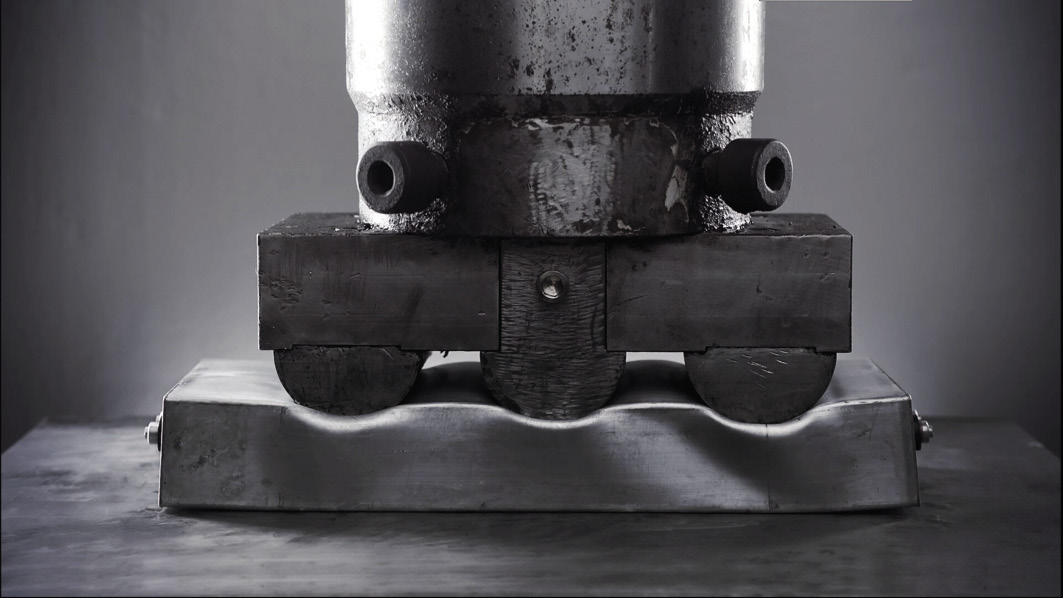India’s annual lithium-ion battery market will grow to 116 GWh in FY2029-30 from just 2.6 GWh in FY2020-21, with electric vehicles (EVs) accounting for 90% of the overall market, according to a new report by JMK Research and The Institute for Energy Economics and Financial Analysis (IEEFA).
The report estimates the annual lithium-ion battery demand for automotive applications to increase from 2.3 GWh in FY2020-21 to 104 GWh by FY2029-30 on the back of favorable government policies including Faster Adoption and Manufacturing of Hybrid & EV (FAME) and various state-level EV policies. The demand for lithium batteries in non-automotive applications is forecast to increase from 0.3 GWh to 12 GWh driven by telecom towers, data centers, and grid-scale renewable energy (RE) integration, and rooftop solar.
The Government of India’s target of 30% of new vehicle sales to be electric by 2030 and 34 GW/136 GWh of battery storage needed to add 450GW of renewables in India by 2030, as estimated by the Central Electricity Authority (CEA), will further drive the nation to become a key lithium battery consumer, stated the report.
Considering the huge upcoming demand, the report emphasizes stepping up lithium battery production in India.
Battery packs have been assembled in India for many years. However, lithium cell manufacturing on a commercial scale is yet to start. As a result, the nation meets its cell requirements through imports.
Cell manufacturing
The report highlights various compelling reasons for cell manufacturing in India. It states cell manufacturing costs in India, as of 2020, were the lowest (US$92.8/kWh) when compared with the United States, European nations, and even China (US$98.2/kWh) and South Korea (US$98.1/kWh). Similarly, India offers huge cost benefits in terms of cheap labor and power (gross monthly minimum wage levels in India in 2019 were US$65 against US$217 in China). On the demand side, falling battery prices and initiatives including the FAME scheme are encouraging EV adoption in India.
The report says “for now, India is likely to import all the raw materials required for cell manufacturing but can lower this dependency by entering into long-term contracts with raw material suppliers or acquiring some assets in mineral-rich nations. Local capabilities are also slated to be built up gradually.”
The report states challenges to cell manufacturing in India range from unavailability of key raw materials to the requirement of huge investments and absence of technological know-how. It suggests battery recycling as one of the alternate solutions to meet surging LiB demand. It will result in the recovery of 90% of lithium, cobalt, nickel, manganese, and graphite and put India on the path to a circular economy, the report adds.
“Overall, however, as India already has huge cost advantages in battery assembly and software-driven BMS capabilities, it can also realize significant benefits through a vertically integrated value chain once lithium-ion cell manufacturing booms. For cell manufacturing and battery pack assembly, the future looks promising in India provided issues like battery standardization and battery safety issues are addressed and the industry and government work in sync,” the report concludes.
This content is protected by copyright and may not be reused. If you want to cooperate with us and would like to reuse some of our content, please contact: editors@pv-magazine.com.









1 comment
By submitting this form you agree to pv magazine using your data for the purposes of publishing your comment.
Your personal data will only be disclosed or otherwise transmitted to third parties for the purposes of spam filtering or if this is necessary for technical maintenance of the website. Any other transfer to third parties will not take place unless this is justified on the basis of applicable data protection regulations or if pv magazine is legally obliged to do so.
You may revoke this consent at any time with effect for the future, in which case your personal data will be deleted immediately. Otherwise, your data will be deleted if pv magazine has processed your request or the purpose of data storage is fulfilled.
Further information on data privacy can be found in our Data Protection Policy.